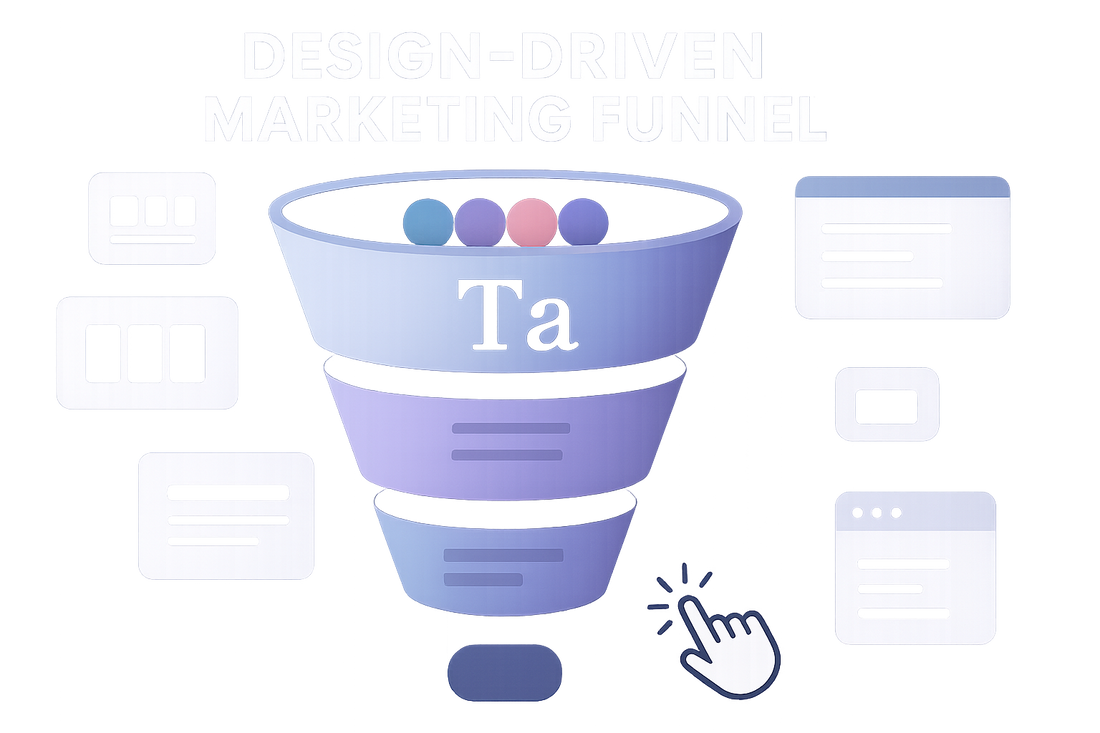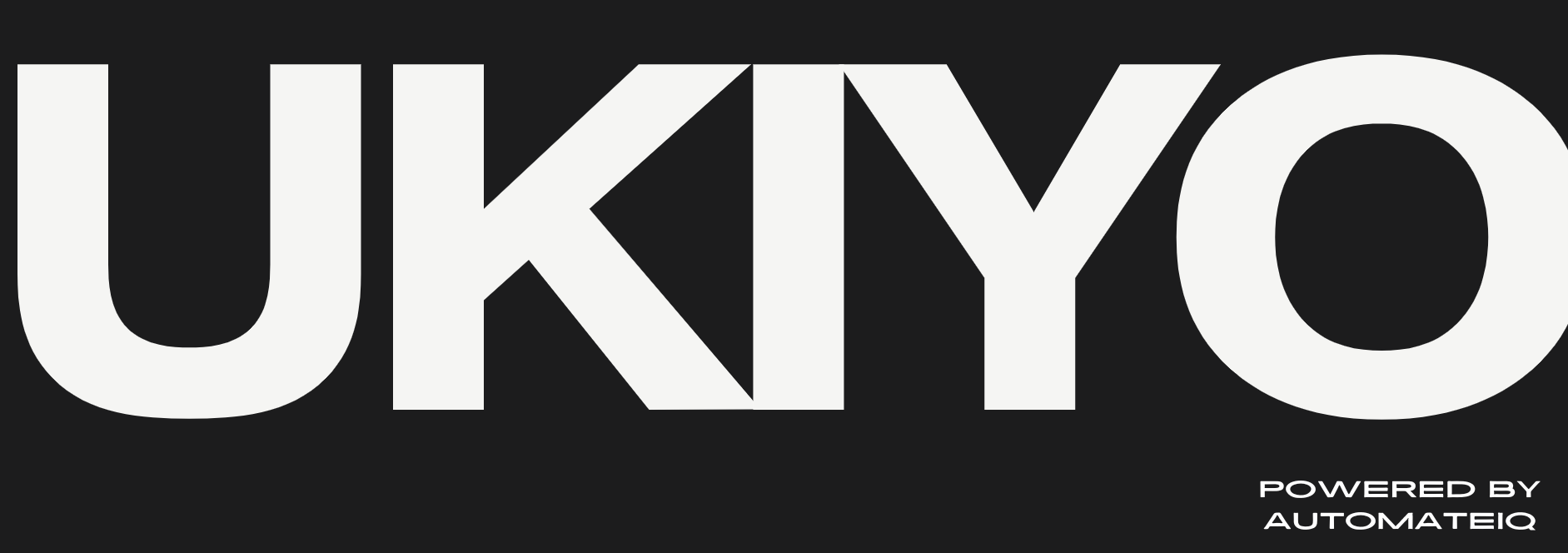In an era dominated by visual-first platforms and shrinking attention spans, aesthetics have evolved from a branding accessory to a core marketing lever. Across every stage of the funnel—awareness, consideration, conversion, and loyalty—design is influencing how users perceive, interact with, and respond to content.
This article explores how visuals shape user behavior throughout the funnel, how they influence trust and purchasing intent, and why brands rooted in design outperform their counterparts in performance marketing, social media strategy, and automated systems.
Design as the First Filter in User Psychology
When users land on a website, scroll through social feeds, or open an email, the brain processes visuals in under 13 milliseconds. That first impression defines whether the experience feels trustworthy, confusing, premium, or generic. According to a HubSpot Blog survey, 38 percent of users will stop engaging with a website if the layout or imagery is unattractive.
This is not about subjective beauty; it’s about perception and cognitive fluency. If a user must think too hard about where to click, they bounce. If the brand’s visuals don’t align with the audience’s taste or expectations, the brand is forgotten. Design is not decoration—it is direction.
Visuals Guide the Awareness Stage
At the top of the funnel, content must stop the scroll and spark relevance. For social media and paid traffic sources, visual style is the hook. Brands that embrace motion, trend-mapped color palettes, or recognizable visual language tend to outperform those relying solely on messaging.
A strong example is the rise of modular content templates that combine branded aesthetics with conversion intent. These visuals ensure that every new Reel, TikTok, or carousel supports brand equity while guiding users toward action. Ukiyo Productions integrates this strategy into its content systems and automation workflows, enabling aesthetic-led businesses to scale without diluting design consistency.
Consideration Is Built Through Visual Cohesion
Once a user enters the consideration phase, visuals shift from grab-and-hold to build-and-reinforce. The most effective landing pages, emails, and product pages demonstrate aesthetic alignment across channels. Typography, white space, image style, and interaction cues all play a role in deepening the perceived professionalism of a brand.
Case studies have shown that visual inconsistencies across pages can reduce conversion rates by as much as 27 percent. Users pick up on broken image styles, off-brand product shots, or clashing UI elements—even subconsciously—and associate them with a lack of detail or quality.
Visual storytelling also becomes key during this stage. Brands using narrative visuals—such as customer journeys, process illustrations, or aspirational imagery—support long-form content with emotive context. Rather than presenting only features, they show transformation. This is especially important for digital product launches or high-consideration purchases where narrative plays a central role.
Conversion Optimization Begins with Visual UX
The moment of conversion depends on two psychological variables: trust and clarity. Aesthetic UX helps deliver both. From clean call-to-action buttons and visual hierarchy to mobile-first product display logic, design directs focus and reduces friction.
Shopify’s own data confirms that conversion-focused web design consistently outperforms feature-loaded layouts when paired with fast loading times and accessible visual elements (Shopify Blog). This aligns with Core Web Vitals benchmarks, where design and load performance are tightly linked.
Ukiyo’s approach to conversion-optimized website design considers these behavioral dynamics. Design choices are guided not only by style, but by flow, pacing, and intention.
Micro-case study: A boutique wellness brand shifted from a templated landing page to a fully branded visual layout, adjusting product card spacing, using mood-led imagery, and aligning button behavior across devices. The result was a 19 percent lift in mobile checkout conversions over six weeks.
Loyalty Is Maintained Through Visual Memory
After conversion, visuals continue to shape perception. Consistent brand visuals in onboarding sequences, community platforms, packaging, or social follow-ups create a loop of memory encoding. In neuroscience terms, visuals become retrieval cues—shortcuts to brand recall.
This is especially important in influencer and creator-led brands, where visual fluency across channels sustains customer interest between purchase cycles. Visual identity serves as connective tissue that links the customer’s emotional memory to the brand story.
McKinsey’s research into experience-led growth shows that brands outperform their competitors when they deliver cohesive design and messaging across five or more touchpoints (McKinsey). This design consistency isn’t purely aesthetic—it’s functional brand reinforcement.
Why Visual Automation Is the New Growth Lever
For design to scale across platforms and touchpoints, automation is essential. Creative-led automation enables brands to deploy templates, schedule visuals, personalize layout behavior, and adjust dynamic content using AI-enhanced tools. Platforms like Make.com allow visual components to be distributed based on triggers such as audience segment, lead score, or product interest.
This practice also supports A/B testing of visuals within automated campaigns. Testing background tones, product angles, or image sequencing can lead to meaningful lifts in click-through rates. It also gives brands the ability to balance aesthetics with performance metrics, unifying visual integrity with revenue data.
Ukiyo’s Marketing Branding Mastery download includes frameworks for building scalable branded visuals, mapped to content formats across Reels, TikToks, product launch pages, and influencer media kits. It’s especially useful for lean teams working across multiple channels with limited design support.
Visual Style Now Signals Market Position
Design is also a signaling mechanism. Premium brands tend to invest in high-aesthetic interfaces, studio-quality visuals, and consistent visual language. Budget or commodity brands often adopt template-based, functional layouts. Users recognize these signals, and they inform assumptions about pricing, product quality, and community values.
For founders and creators looking to position themselves in a premium, value-added market, this means investing in design systems early. This includes not only visual assets but also rules—brand guidelines that define color systems, image usage, UI spacing, and voice integration.
This visual discipline is what separates niche hobby brands from scalable creative businesses.
Visuals, Culture, and Contextual Resonance
As audiences become more culturally literate, design also plays a role in cultural positioning. The rise of aesthetics such as “dark academia,” “minimal wellness,” or “retro futurism” reflects a shift in how consumers seek identity through visuals. Brands tapping into these signals—without leaning into stereotypes—tend to find stronger community resonance.
For example, a culinary content creator launched a digital knife skills course with minimalist black-and-white visuals, paired with ambient music and clean UI flow. This design decision aligned with her “calm precision” brand persona and drove 4,000 sign-ups in the first two months. Her aesthetic cues matched her audience’s emotional goals.
These moments are not accidental. They are the result of creative strategy tuned to visual archetypes and market context.
From Funnel to Flywheel: Where Visuals Continue to Work
The design-driven funnel does not end at conversion. In fact, visuals create a flywheel effect when properly scaled. When user-generated content reflects branded visuals, or when affiliate partners replicate the design language, brand velocity increases. This has been a common strategy in influencer marketing campaigns, especially when micro-creators are briefed with visual starter kits and brand-safe templates.
Visual storytelling, once seen as an upper-funnel tool, now functions at every level of the brand machine—from the first click to the final referral.
For those building a brand in visually saturated markets, investing in visual systems, scalable automation, and emotionally resonant design can make the difference between passive views and lasting conversions. Frameworks and customizable visuals are available within the Ukiyo resource library, supporting brands that prioritize aesthetics with structure.






0 comments